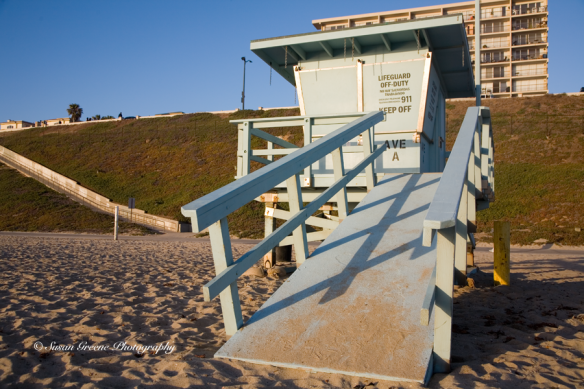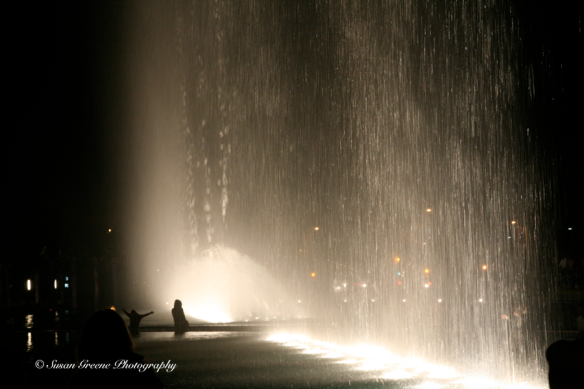“When did you become a writer?”
The question, coming as it does from an artist at a gallery reception, surprises me. It’s like hearing, “when did you become a fish?”
“I always was one,” I reply, hoping for the simpatico understanding of a creative soul to bridge this non-specific-date-naming response, not an evasive conversational gambit, but a strange truth that still perplexes sometimes. Decoding the world through language is as natural to me as skipping. One of my earliest childhood memories includes tracing the letters of words being spoken, turning them into stories and pictures with my right forefinger upon my left palm.
 Sounds and ideas danced upon my hand, to be released later onto the unlined light brown paper of a Mickey Mouse drawing pad. I didn’t plan to be this way, I just was. Most writers I know say the same thing.
Sounds and ideas danced upon my hand, to be released later onto the unlined light brown paper of a Mickey Mouse drawing pad. I didn’t plan to be this way, I just was. Most writers I know say the same thing.
It’s this recognition of the magnetic power of some creative pull that frequently leads me to invent new ways to spark leaps in my technique. Learning West African drum rhythms interrupts a rut of a cadence; reading books I don’t understand hopefully sparks new brain synapses and invites new subject matter into my writing. Fifteen hundred pages of Critical Theory Since Plato anyone? There’s a playfulness with these kinds of things, sure, but there’s also a dogged determination bordering on compulsive. I laugh when I see myself in other writers and while reading Christian Wiman‘s Ambition and Survival: Becoming a Poet I found a mirror self in the first few pages. Wiman writes:
When I read Samuel Johnson’s comment that any young man could compensate for his poor education by reading five hours a day for five years, that’s exactly what I tried to do, practically setting a timer every afternoon to let me know when the little egg of my brain was boiled…
I’m not quite as odd a person as I was once on the verge of becoming.
Of course my weirdness waxes and wanes. I may be tipping the balance back toward odd as I begin a new poetry writing project for the month of July.
“Why do you do what you do?” my family wonders.
Why, when it’s summer and school’s out and nothing dictates my days but my own gentle taskmaster self, why would I commit to writing and posting a poem a day for Tupelo Press? I believe in the need for literary presses and, being the editor of dirtcakes, a small press of my own, I know it’s impossible to sustain any sort of momentum and foster good work without readers and backers and contributors. The Tupelo Press 30/30 Project is a nifty little way for writers to forge new work and for readers to discover new writers. It’s a community of writers that opens its hands to invite in a community of readers to share the stories written on our palms.
I’ve got a few ideas of how we can work together through July. I’ll be posting them in the coming weeks. In the meantime, remember that which you love you will spend time doing. That which you spend time doing will attract your energy. That which captures your spirit will shine out from you, and ultimately reflect back upon you. As for me and my attraction to poetry? I defer once again to Christian Wiman’s words:
…in the end we go to poetry for one reason, so that we might more fully inhabit our lives and the world in which we live them, and that if we more fully inhabit these things, we might be less apt to destroy both.
Who doesn’t want to be fully inhabit each precious moment of life?
Stretching and spinning in anticipation of lining up a long dance with the muse,
~ Catherine
p.s. Christian Wiman is an iconic figure in the world of poetry. From 2003 – 2013 he edited Poetry magazine, “the oldest monthly devoted to verse in the English-speaking world.” The depth of his poetry knowledge and ability to articulate the aesthetic strengths of particular poets is precise and sharp, though do know his taste runs to the traditional which sometimes can miff a lover of more experimental verse. Ambition and Survival is a collection of essays to dip in and out of when you need a strong voice in your head to guide your writing practice.














 Treasure what you find
Treasure what you find






















